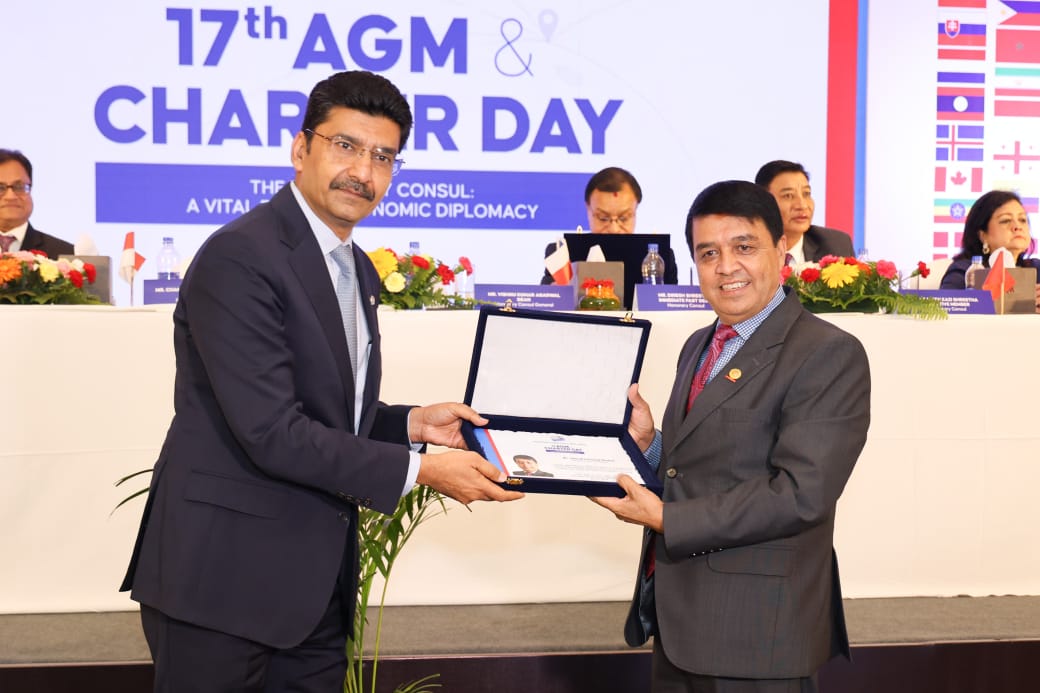Kabeli corridor transmission line comes into operation

Kathmandu, May 8 . The Kabeli corridor transmission line with a strategic importance based in eastern region has come into operation. The line which had been in the test operation since Saturday came on line for commercial purpose from Tuesday evening.
It has been easier to connect the power to be generated from a under-construction hydropower project based in the corridor to the national grid following the operation of the (second section) of double circuit transmission line of a total 132-KV capacity, said project chief Dipendra Raj Dwivedi. The total 91 kilometers transmission line has been divided into three sections.
The first section stretches from Damak, Lakhanpur (Jhapa) to Godak of Ilam; the second section covers an area from Godak of Ilam to Phidim while the third section from Phidim to Amarpur (Panchthar) is likely to be completed by the end of the current fiscal year. The 42.88-km second section has 126 towers. Of the total 261 towers for the transmission, construction of one will be over in some days, said the project.
First section of 35 kilometers Lakhanpur-Godak transmission has come into operation in 2072 BS. The 132/33/11 KV substations located at Damak, Thapatar (Phidim) and Amarpur, respectively have already started operating. The purpose of the construction of the transmission line is to supply power to be produced from hydropower projects based in Kabeli, Hewa and Mai rivers in Panchthar, Taplejung and Jhapa. Private sector energy entrepreneurs are expected to be mostly benefitted by it.
The power generated from the 14.9 megawatt capacity Hewakhola-A and the 22.1 megawatt capacity Lower Hewakhola hydroelectricity projects would be connected to the Kabeli Corridor in the second phase. Both these projects are constructed by the private sector power developers. The Hewakhola-A is currently running while the construction of the Lower Hewakhola project has reached the final stage. Only 33 KV power from Hewakhola-A project is currently connected to the transmission line on a temporary basis.
The electricity generated from both the projects would be connected to the Thapatar sub-station. Construction of the Kabeli corridor transmission line was begun some 10 years back. However, it was delayed due to the slackness of performance by the contractor, the local people’s obstruction on the ‘right of way’ of the transmission line, the delay in approving cutting down trees on the right of way, among other reasons.
The project, with a total cost of 31 million USD, has been constructed with the investment of the Government of Nepal and Nepal Electricity Authority and the soft loan from the World Bank. The Independent Power Producers’ Association of Nepal (IPPAN) has said the completion of the power transmission line was a matter of happiness to them.RSS

"There are mixed results in half-yearly budget progress"

Total government spending amounts to Rs. 667.60 billion in 6 months

"There are promising signs of economic recovery"

Finance Minister Paudel directs to meet revenue target

Suspended Chief Secretary Aryal acquitted in corruption case

Dhakal elected HCCN Dean

Price of salt goes up




_9ce9cWGIjD_f4prhhhnxxxnqcssgdayygw9mucepymfxlkrurogb5c1st16yzypdaiuzw7w_M5aQJB0kpE_7cdzzcqlx6xezuoqkjcfthkht5iwls2lhyigxc4saf6niaheayavknly9eyc_lbkkE9HwwY_ncgwkqjqfvjevi4wu85o2nq72v1lsaqh2yllyznzfat6rt7j4girzwuquwdg_vPiDOt36er_6xbovbhwre7op9ujhl7sczoz6qyq3vo8mlgox8cjwaffhru13ewmegvswlfg_kmKEPWhMWi_o3on14wkzjt6ueytg1bkbqcj6xzjsprfwaa2yipcrql3f6n3v02xbr4chj0z.jpg)


Feedback